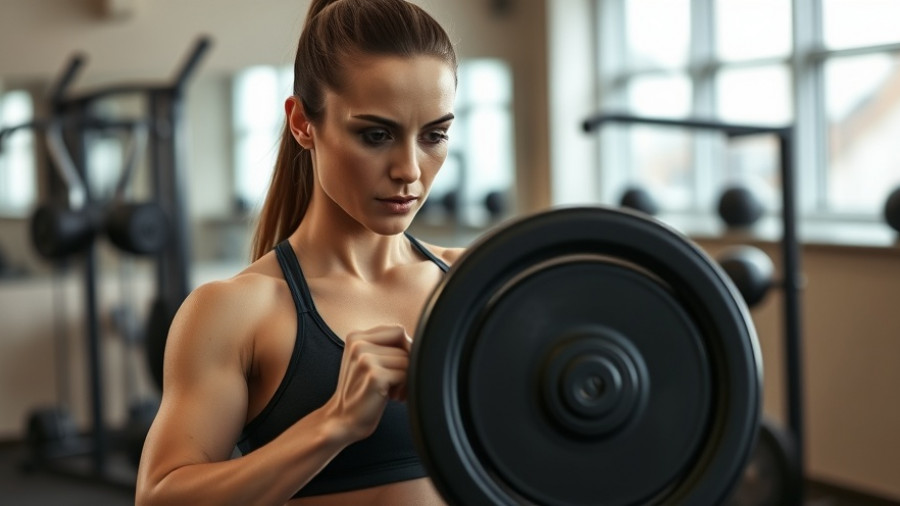
Severe Weather Hits the Midwest: An Urgent Call for Preparedness
The Midwest finds itself in the grips of a relentless and powerful tornado outbreak, impacting states including Arkansas, Missouri, and Indiana. These storms have already left thousands without power and caused widespread devastation. In Arkansas alone, the situation has escalated to the point where the National Weather Service issued a rare "tornado emergency" warning, highlighting the critical nature of the unfolding disaster.
Understanding the Impact of Tornadoes and Flash Floods
Tornadoes are notorious for their ability to inflict catastrophic damage in minutes. With severe winds capable of flipping vehicles and demolishing homes, residents of affected areas are feeling panic and chaos. The scope of the destruction ranges from flipped vehicles to homes completely flattened, with debris reported to be lofted as high as 25,000 feet into the atmosphere. Experts warn that this kind of severe weather not only poses direct risks to life and property but also creates secondary crises, such as flooding, that can further complicate rescue efforts.
Historical Context: A Rising Trend of Severe Weather
Throughout the past few decades, we’ve witnessed an alarming increase in the intensity and frequency of severe weather events, a reflection of broader climate trends. While many factors influence severe weather, climate change plays a role in increasing the temperatures of ocean waters which can amplify storm intensity. It’s essential we recognize these patterns, not only for immediate safety but also in preparation for the future.
Reflecting on Personal Preparedness and Community Resilience
As the chaos of natural disasters unfolds, it prompts individuals and communities to ask: how prepared are we? For those living in vulnerable areas, having an emergency plan and supplies can mean the difference between safety and tragedy. Communities that invest in infrastructure and support systems often fare much better in the aftermath of such events. Engaging in community preparedness activities can enhance resilience, making it vital for everyone to participate.
Looking Ahead: What Can We Anticipate?
As meteorologists predict the continuation of severe weather, it’s crucial for residents in impacted areas to stay informed and vigilant. Weather patterns may begin to shift as climate conditions change, making storms more common. Moving forward, taking actionable steps—such as developing emergency kits and knowing escape routes—will help mitigate the impact of future tornado outbreaks and flash floods.
As we brace ourselves for the coming days of potential devastation, remember that each of us plays a role in building a safer community. Stay informed, prepare, and encourage others to do the same. Together, we can weather the storm.
 Add Row
Add Row  Add
Add 




Write A Comment